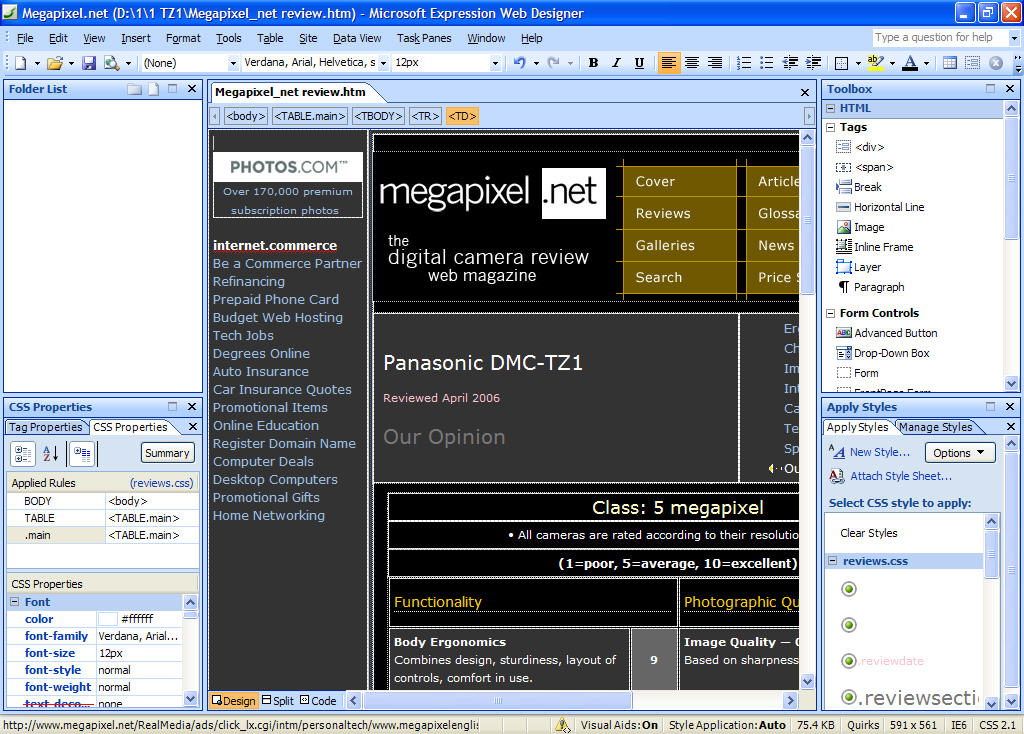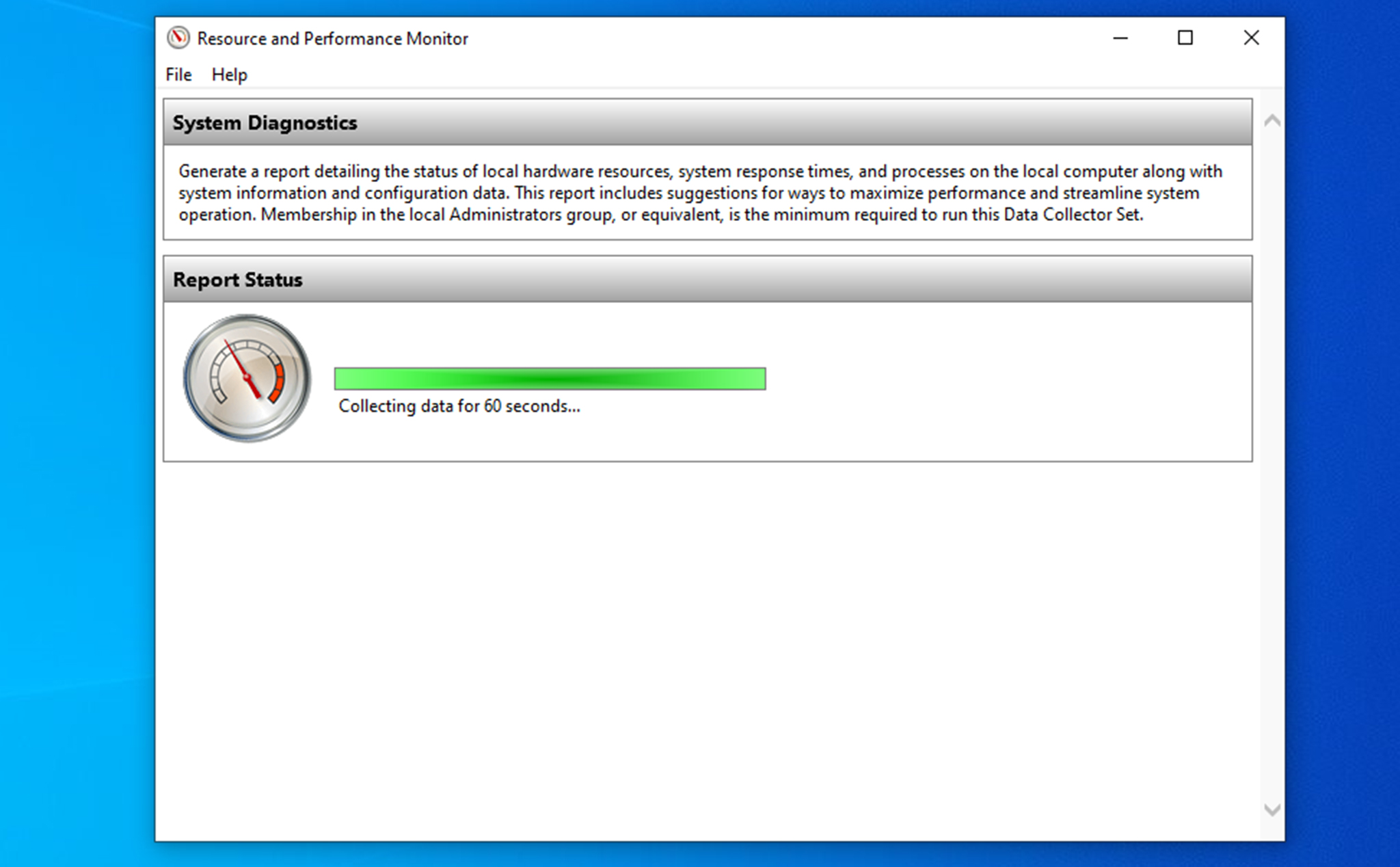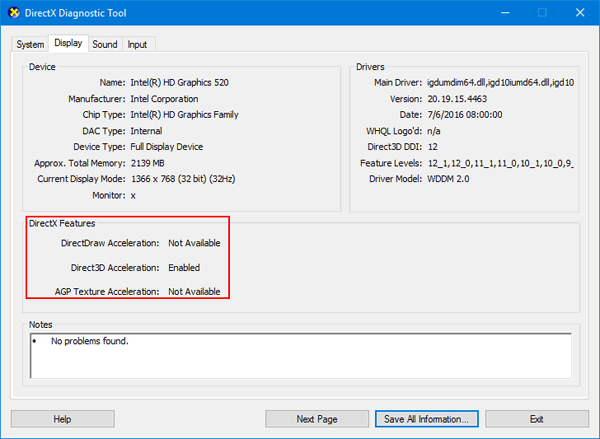

- Microsoft support diagnostic tool msdt install#
- Microsoft support diagnostic tool msdt update#
- Microsoft support diagnostic tool msdt Patch#
- Microsoft support diagnostic tool msdt for windows 10#
- Microsoft support diagnostic tool msdt windows 8.1#

Workaroundsĭisabling MSDT URL protocol prevents troubleshooters being launched as links including links throughout the operating system.
Microsoft support diagnostic tool msdt install#
The attacker can then install programs, view, change, or delete data, or create new accounts in the context allowed by the user’s rights. An attacker who successfully exploits this vulnerability can run arbitrary code with the privileges of the calling application.
Microsoft support diagnostic tool msdt for windows 10#
The defense in depth fix is incorporated into the cumulative updates for Windows 10 and newer.Ī remote code execution vulnerability exists when MSDT is called using the URL protocol from a calling application such as Word.
Microsoft support diagnostic tool msdt windows 8.1#
Microsoft recommends installing the following KB5015805 for Windows 8.1 and below according to the following table. On Tuesday June 14, 2022, Microsoft issued Windows updates to address this vulnerability. On Monday May 30, 2022, Microsoft issued CVE-2022-30190 regarding the Microsoft Support Diagnostic Tool (MSDT) in Windows vulnerability. Microsoft recommends installing the July updates as soon as possible. This would protect the machine against code injection attempts and prevent attackers from launching the diagnostic tool via infected Word documents.UPDATE July 12, 2022: As part of the response by Microsoft, a defense in depth variant has been found and fixed in the Windows July cumulative updates. To protect against Follina, users should apply Microsoft’s new security patches in conjunction with the MSDT-disabling workaround. This would deter troubleshooters from being launched as links on vulnerable systems. Until recently, Microsoft provided a workaround to help users prevent Follina attacks, which involved disabling the MSDT URL protocol. In other words, Microsoft’s June updates block code injection, but the exploit code will still be able to launch msdt.exe on vulnerable systems. However, it will block PowerShell injection, rendering the attack unusable by disabling its vector. The zero-day could also evade detection, wouldn’t require macro code to run scripts or execute binaries, and would work without elevated privileges.Īpplying this month’s Microsoft security updates won’t prevent attackers from using Microsoft Office to load Windows protocol URI handlers automatically without requiring user interaction.

Security researchers demonstrated that attackers could leverage the Follina vulnerability to download an HTML file through a Word document, which could exploit MSDT to execute code remotely. Through the calling app, attackers could access and modify data, install programs, and create new user accounts if the compromised user account has clearance. Successfully exploiting this security flaw could allow threat actors to perform remote arbitrary code execution piggybacking a host app to elevate privileges.

Customers whose systems are configured to receive automatic updates do not need to take any further action.” “Microsoft strongly recommends that customers install the updates to be fully protected from the vulnerability.
Microsoft support diagnostic tool msdt update#
“The update for this vulnerability is in the June 2022 cumulative Windows Updates,” says the company in an advisory. The zero-day, tracked as CVE-2022-30190, is an MSDT remote code execution flaw affecting all Windows versions that still receive security updates.
Microsoft support diagnostic tool msdt Patch#
Microsoft released a patch for “Follina,” the notorious Microsoft Support Diagnostic Tool (MSDT) zero-day vulnerability, in its June security update.


 0 kommentar(er)
0 kommentar(er)
